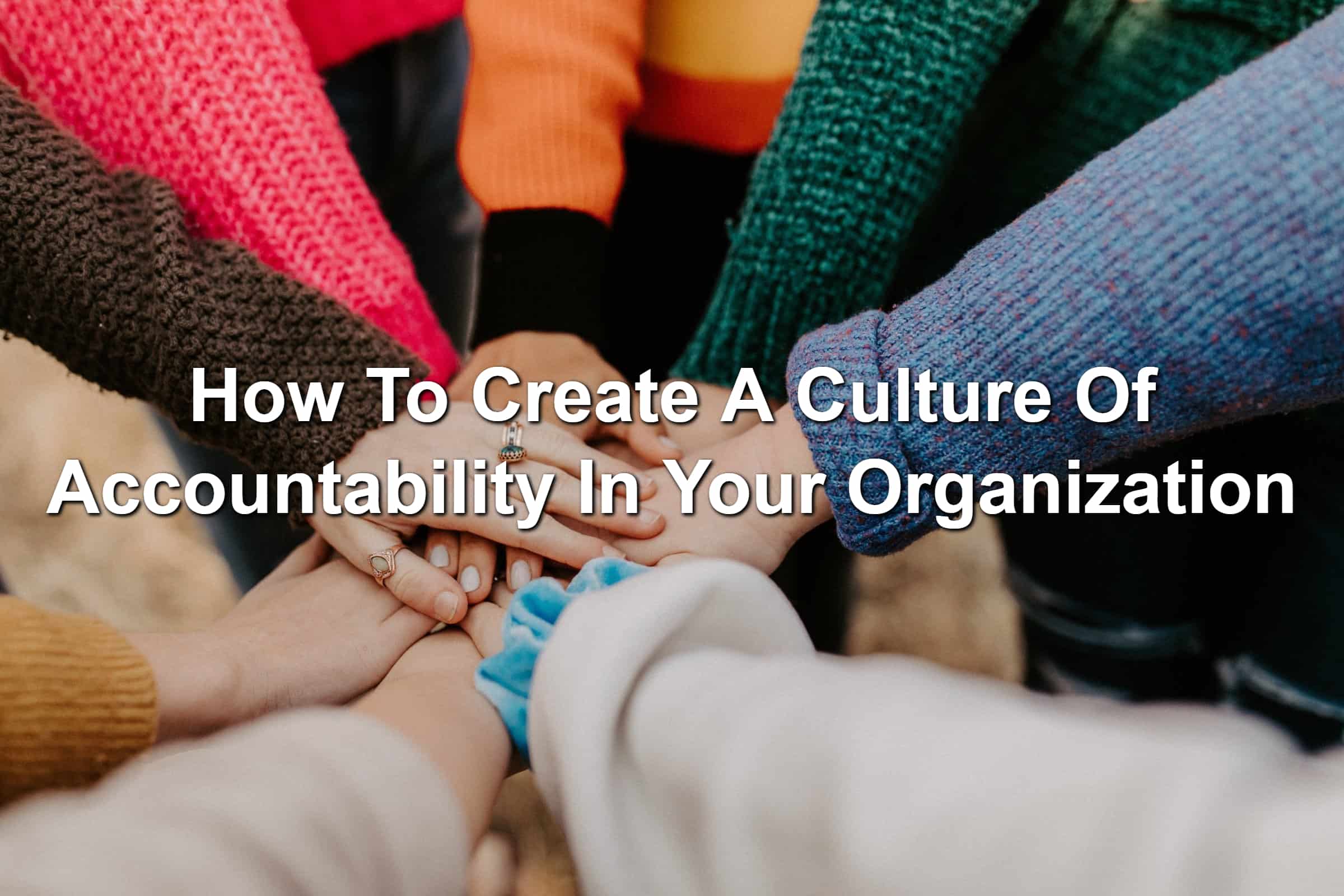5 Decision-Making Strategies All Leaders Should Use
While leadership is influence, there’s more to leadership than influencing others. One of the major aspects of leadership is decision-making. You have to be willing to make decisions and stick to your choices.
Sometimes, making those decisions can be challenging. There’s so much to consider, the possibilities are endless, and your decision could change the course of your organization, life, or the people you lead.
You have to make wise decisions.

Photo by Tim Johnson on Unsplash
It’s a good thing you’re reading this! We’re going to share about it. In this article, you’ll discover 5 decision-making strategies that will help you make the best decisions you can.
5 Decision-Making Strategies All Leaders Should Use
1. Rational decision making:
Rational decision-making is the strategy that uses analysis, data collection, and evaluation of alternatives. It’s looking at everything happening with objectivity.





